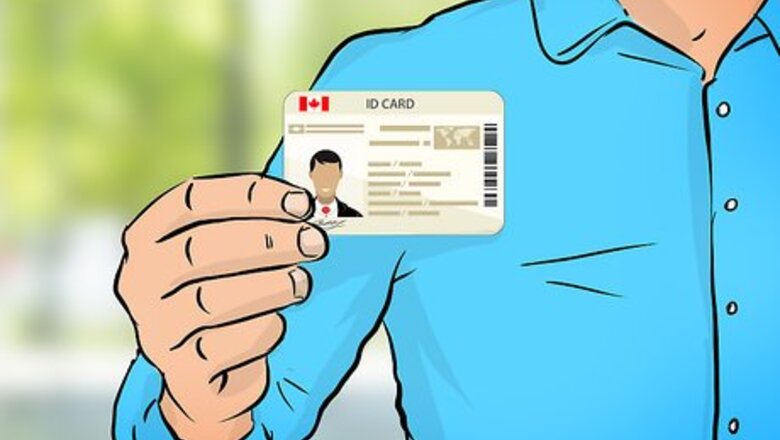
views
Meeting the Basic Requirements
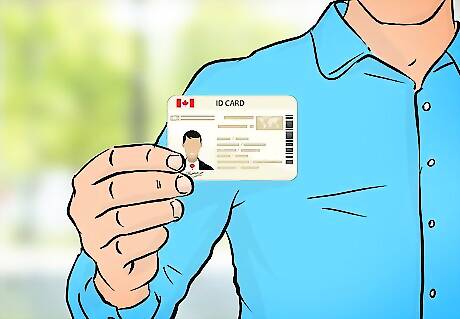
Be old enough. You must be at least 18 years old in most areas. However, some areas require you to be 19 years old.
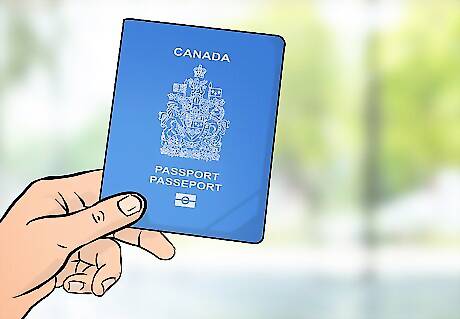
Meet the citizenship requirements. You must have some kind of permanent status in Canada; namely, you must either be a landed immigrant, a permanent resident, or a Canadian citizen. You must also be able to speak French or English (fluently).
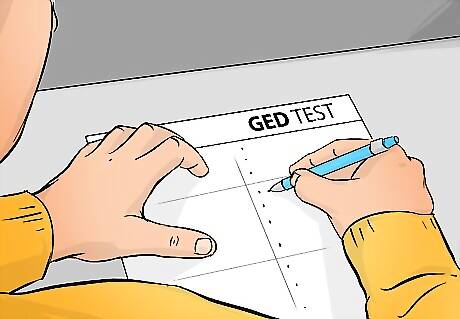
Graduate high school. No matter where you are, you must have a high school diploma or its equivalent to join the Canadian police forces. You must prove you have this education with transcripts or a diploma. This requirement means you either must go through grade 12 of school or pass an equivalency test. For instance, you can take the General Education Development (GED) tests, which are offered throughout Canada through your provincial or territorial department of education. You must pass 5 tests in total to get your GED. You may also be able to get some credit for the experience you gained over the years, which can count towards your high school diploma.

Have ethics and morals. While this requirement may seem a little vague, most departments list it as a requirement. Some define this requirement as having integrity and being honest. Essentially, because you will be trusted with so much responsibility, the police department wants to make sure you are worthy of that trust. They want to know that you will be honest and fair. They want to know that you will do your duty with a positive attitude and without discrimination. They want to know that you will show up when you say you will and work together with your colleagues to get the job done. As an addendum, you must also have a clean record. You cannot have a criminal conviction or pending conviction on your record.
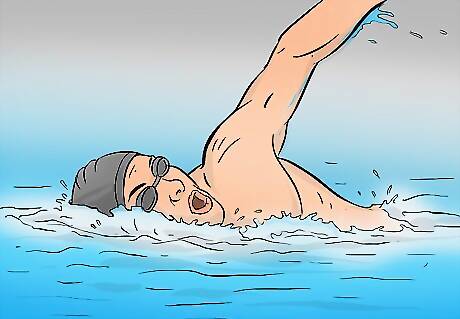
Get in shape. You must be in good health and shape to be a part of the police. For instance, many police forces in Canada will require you to complete a physical exam, which may include running 2.4 kilometers in a certain time period, a swimming portion, and other physical tests. If you're not in shape, start a workout regimen at a local gym. Make sure to include aerobic exercises, weight training, and swimming as part of your routine. In addition, make sure you are eating right and getting enough sleep. Fill half your plate with fruits and vegetables, replace processed grains with whole grains, and make lean protein a part of your diet.
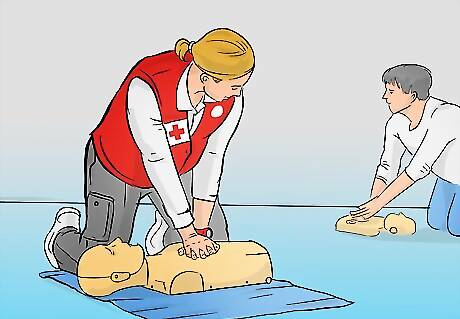
Obtain certification in CPR and first aid. To be a police officer, you must be ready for anything, particularly in emergency situations, and being in trained in CPR and first aid is part of that. You can sign up for classes at places like the Canadian Red Cross or the Heart and Stroke Foundation.
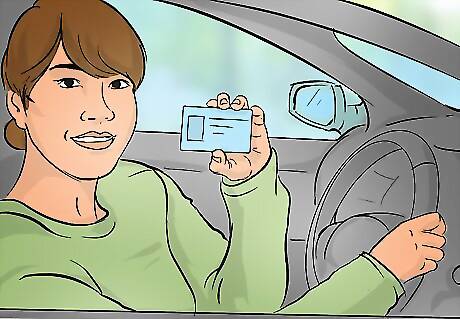
Have a driver's license. You must also be licensed to drive to be a police officer. In addition, you cannot have more than six points taken off your license for offenses.
Applying for Local Police

Get a college degree. While you only need a high school diploma to become a police officer, you are competing against many people for entry-level positions. Therefore, a college degree, particularly one in criminal law, can help set you apart. If your high school GPA wasn't great, try starting out at a community college. Community colleges are easier to get into, and they can help you get some of your basic classes out of the way. You can transfer later so that you can get a 4-year degree.
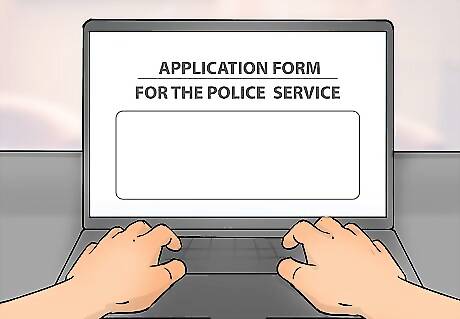
Become a cadet. As a cadet, you'll be a part of the civilian force. For instance, you may be assigned as a traffic officer or as an officer in a court room. To become a cadet, apply to local positions on your police force. You can find positions through your local government website. For instance, your city's government website may have an area where you can apply for jobs. Search through the jobs, fill in the information, and submit your application.

Attend police school. Once you are a cadet, you must be selected to attend police college. The best way to qualify is to do well as a cadet, showing good judgment, self discipline, and dedication. In some areas, you can go to police college before you become a cadet, if you are accepted to the school. In other areas, you must be accepted as a cadet first. If your police department accepts cadets first, the department will give you an idea of what academy you want to attend. One of the main ones is the Canadian Police Academy, run by the government. You must work at a police office, have peace officer status, or have an investigative mandate to apply for this school. Your application will often be processed through your police department, so talk to your supervisor about attending police college if that is your wish.
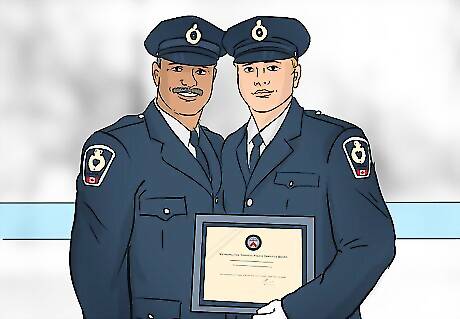
Complete your training successfully. To move up, or in some cases, to be hired, you must graduate from police school. In addition, you may need to complete field work before being hired on full time.
Joining the Royal Canadian Mounted Police

Have your hearing and eyesight checked. You must be checked by an ophthalmologist and audiologist before applying. You can download the appropriate forms on the Royal Canadian Mounted Police official website at http://www.rcmp-grc.gc.ca/recruiting-recrutement/rec/process-processus-eng.htm. Your eyes need to be at least 6/6 (20/20) and 6/9 (20/30) with glasses or contacts and at least 6/18 (20/60) in both eyes when you don't have your glasses on or contacts in. (You can also have 6/12 (20/40) and 6/30 (20/100) in uncorrected vision.) You're hearing must be H2.
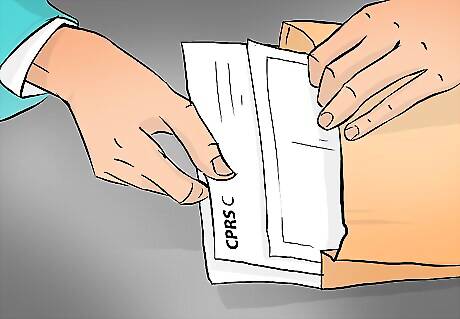
Ensure you have the basic documents available. You will need a number of documents when applying for this position, such as your birth certificate, high school diploma, and university transcript, if you have one. You'll also need your social security number, your Certificate of Canadian Citizenship (if not Canadian-born), and a valid driver's license. Also, find your marriage, divorce, or separation certificate if you have one. You'll also need your Provincial Health Card and two passport photos. Finally, you'll need to prove you took Level C CPR for adults, babies, and children from an organization approved by the Canadian Occupational Health and Safety Regulations.
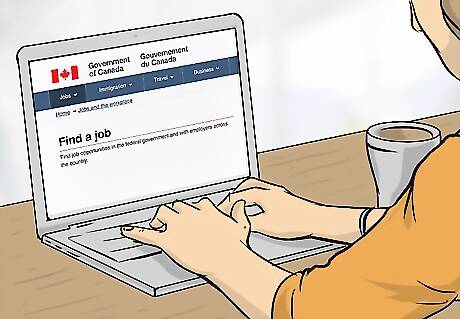
Apply for positions. Just as in many local police forces, you must be hired on in a police officer's position to qualify for training. You apply for jobs on the Canada's main website for government jobs. You apply for these positions as you would many government jobs. You create an account and search through the positions. Once you find an appropriate position, you select it and fill in the required information. Finally, you submit your application.

Take an exam. Those who are qualified move on to the next step, which is the entrance exam. However, if you already have a bachelor's degree, you do not need to take the exam, as long as you can prove you have a degree. The exam is called the RCMP Entrance Exam or the RPAB. It has two parts, a personality evaluation and an aptitude section. It is meant to assess whether you have the necessary skills to be a police officer. Passing is 3.2 out of 5. It's nearly impossible to study for the first part, since it is a series of statements that you agree or disagree with, which the test will use to assess whether you have the right temperament to be a police officer. The second part judges composition (including grammar), comprehension, memory, judgement, observation, logic, and computation. The RCMP website offers techniques for studying for the test at http://www.rcmp-grc.gc.ca/recruiting-recrutement/rec/prep-rpab-btatpg-eng.htm#1.
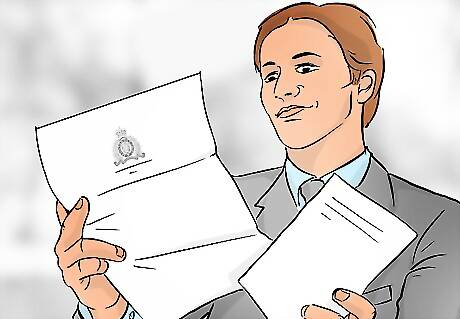
Complete the selection package. If you do well enough, the RCMP will contact you. They will include a selection packet with various documents you must fill out, including ones that provide biographical and educational information. You'll also need to fill out forms to give consent for security clearance, provide information for medical evaluation, and consent for your physical test. One document is the Regular Member Applicant Questionnaire. This document is another assessment, looking at how reliable you are and whether you are suitable for the position.

Complete your physical assessment. You must also complete your physical assessment, called the Physical Abilities Requirement Evaluation (PARE). The physical portion includes an obstacle course you must complete in under 4 minutes and 45 seconds, as well as a weight-carrying exercise. The RCMP website recommends that you be very active at least a month to a month and a half in advance of your test. They advise that you perform at least 3 cardiovascular workouts a week, though 5 would be better, as well as several weight training sessions a week in preparation.

Complete the Regular Member Selection Interview (RMSI). You will be contacted for scheduling an interview, which will see if you have the necessary skills for the RCMP. For instance, you'll need problem-solving skills and communication skills. You'll need to be flexible, consciousness, and reliable, and you'll need to be able to work on a team and meet your constituent's needs. This interview is similar to most job interviews. You may be asked to explain how you handled difficult situations in the past or how you would respond to a particular situation. One way to prepare is to look at the eight competencies that the RCMP requires, which are developing self, flexibility, problem solving, conscientiousness and reliability, meeting client needs, communication, teamwork, and self control and composure. The RCMP website has a description of these competencies (http://www.rcmp-grc.gc.ca/recruiting-recrutement/rec/prep-interview-entrevue-eng.htm). Learn as much as you can about the RCMP. Like any interview, you need to learn about the company you are applying for. You can find a large amount of information on the RCMP website. You can also talk with other police officers about their jobs to learn more about the field. Be sure you are ready to answer the 5 essential job requirement questions by saying "yes." Basically, you have to have a driver's license, be willing to move anywhere in Canada, work shift hours, carry a weapon, and pledge allegiance to Canada.
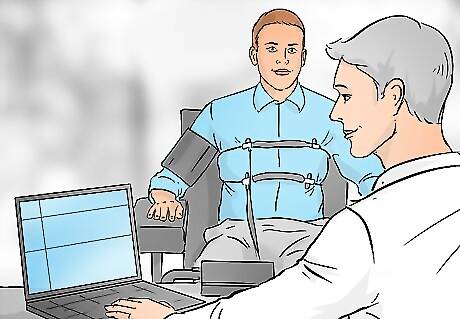
Take a polygraph test. You will be notified if your application up to this point has been accepted, at which point you will move on to the polygraph test. This part of the process is a little more involved than the polygraph test itself. Essentially, you'll have another suitability interview prior to the test and then take a polygraph test to confirm answers you've given throughout the application process. The best thing you can do for this part is to relax and tell the truth. As long as you were truthful in the documents you presented, you should be fine.
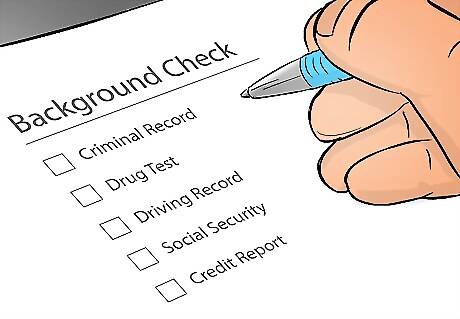
Pass the background check. After you pass the polygraph test, you will need to pass a background check. You will have already given consent to this part in your selection package, so it will be done automatically.
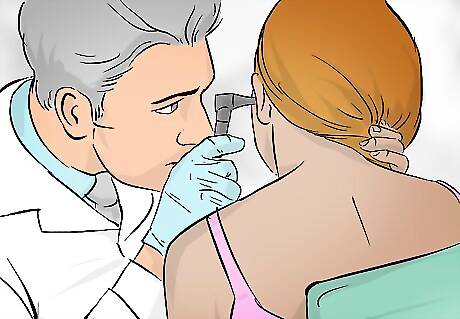
Pass the health assessment. This exam includes passing the earlier hearing and eye tests. However, you also must be physically in good health, as well as mentally.

Complete your training. You must first complete a 6-month training course for cadets at the Royal Canadian Mounted Police Academy. After completing the course, you must complete another 6-month course, but this one is in the field under the guidance of a mentor.
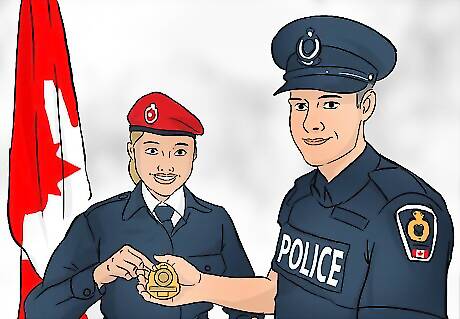
Become a police officer with the RCMP. Once you complete you're training, you are deployed in Canada. You can state a preference, but the RCMP will consider what areas need police officers first.














Comments
0 comment